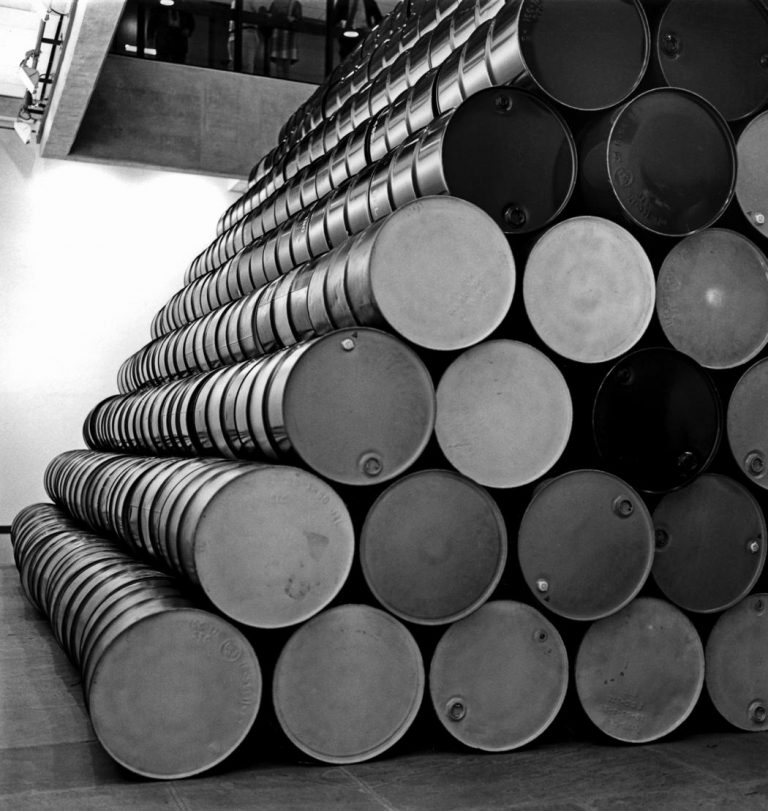By Barani Krishnan
Oil prices fell more than 3 percent on Tuesday, with U.S. crude extending losses for a fifth straight day as the dollar rallied and on evidence that the United States and top oil exporter Saudi Arabia were pumping more than the world needed.
North Sea Brent and U.S. crude settled down more than $2 a barrel each as the dollar hit two-week highs against a basket of currencies, making crude and other dollar-denominated commodities less affordable for holders of currencies such as the euro. [FRX/]
The sell-off in oil came ahead of Tuesday’s end-of-business expiry in U.S. crude’s front-month contract, which often results in unusually heavier market activity. Volume in U.S. crude’s July contract, the new front-month from Wednesday, was markedly higher than the expiring June contract, Reuters data showed.
“There is certainly a degree of profit-taking going on today before the expiry of the June contract, but it’s primarily driven by the dollar’s strength,” said Sal Umek of the Energy Management Institute in New York.
Brent fell $2.25 to $64.02 a barrel while U.S. crude’s front-month contract settled down $2.17 at $57.26.
The market also tumbled even though traders expected an industry report to cite a third straight weekly decline in U.S. crude stockpiles. [EIA/S]
Brent pared some of its losses after settlement, when the American Petroleum Institute (API) said crude inventories fell 5.2 million barrels last week, much more than the drop of 1 million barrels that analysts had expected. Official inventory numbers are due on Wednesday from the U.S. government. [API/S] [EIA/S]
But Umek said oil remained fundamentally weak from oversupply.
“We are nearly 90 million barrels higher in U.S. crude, and about 14 million higher in gasoline, from a year ago, putting us well above the five-year average,” he said.
Goldman Sachs issued its second bearish oil forecast in less than a week, predicting $45 a barrel for U.S. crude by October.
U.S. supplies aside, Saudi Arabia’s crude exports hit their highest level in almost a decade in March..
Analysts said investors were less worried over the risks to Middle East oil supplies from fighting inIraq, where Shi’ite militiamen have been deployed to battle Islamic State militants who seized the city of Ramadi. Saudi-led forces are meanwhile carrying out strikes in Yemen against Houthi rebels aligned to Iran.
“Such concerns are exaggerated,” said Carsten Fritsch, analyst at Commerzbank. “In actual fact, the oil supply from the region has continued to grow.”
Source: Reuters












